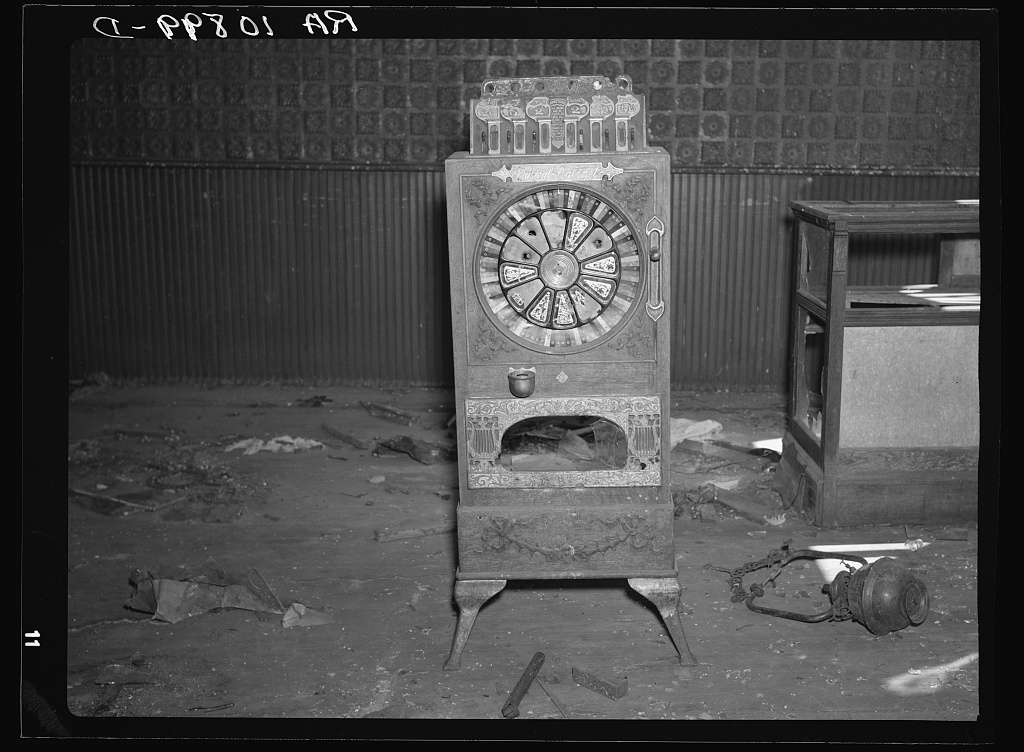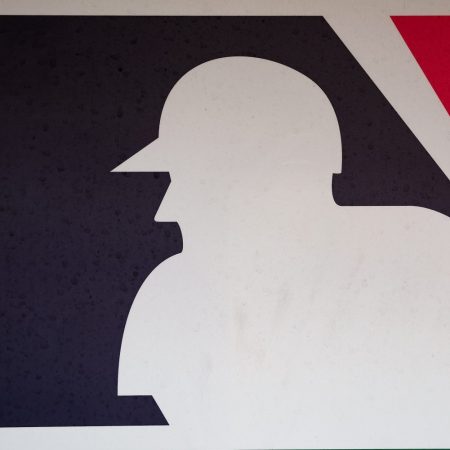Travel a certain amount of miles from land, and anything goes. At least, that’s the premise of any number of television shows and movies, including a certain cult movie starring Kelsey Grammar. Pop culture depictions aside, the question of what one can and can’t do on a vessel a certain number of miles from the shore remains a hotly debated subject — and one that lawmakers periodically revisit.
In 1930s California, one man embarked on a venture to bring an abundance of gambling to the waters outside of Santa Monica. In a recent Los Angeles Times article, Daniel Miller revisited the life and times of Tony Cornero and the S.S. Rex, the offshore casino he ran for a time.
Miller described Cornero as “a brash bootlegger-turned-gaming-kingpin who wore a white Stetson, lived in a Beverly Hills bungalow and held court at the Trocadero nightclub.” As for the Rex, it was capable of holding 600 people and featured games like roulette and blackjack. It was one of several gambling vessels that regularly situated themselves 3 nautical miles from the coastline, where California territorial waters came to an end.
The government was less than thrilled with this rationale, believing that Californian waters extended further out, which eventually led to a maritime raid on the gambling boats in 1939, dubbed the Battle of Santa Monica Bay. Cornero refused to surrender for 10 days, before finally returning to shore. And while he lost the legal battle, his involvement in gambling was far from over — before his death, he helped to found the Stardust casino in Las Vegas.
Thanks for reading InsideHook. Sign up for our daily newsletter and be in the know.


















